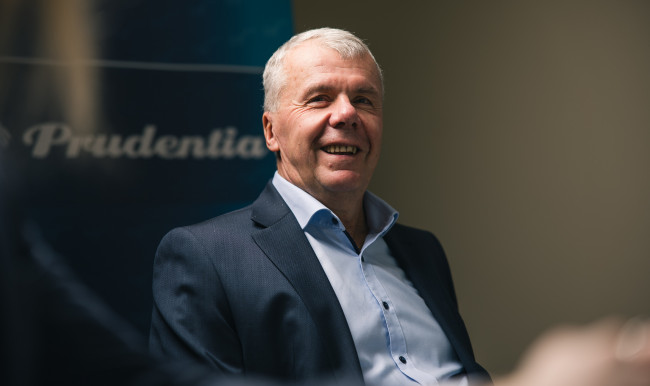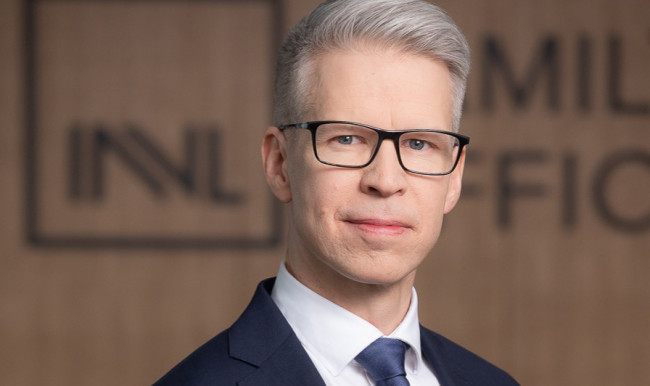
Rando Rannus
Siena Secondary Fund
In the dynamic realm of business and entrepreneurship, the year 2023 has emerged as a pivotal moment for Estonian startups, marked by a surge in mergers and acquisitions (M&A). This trend represents a significant shift in the startup landscape of Estonia, especially critical in the current counter economic cycle where cash runways are getting shorter, and primary capital availability is limited. This situation has spurred a maturation and consolidation phase, bringing about both challenges and opportunities for local startups and the global economy.
Redefining Growth Strategies
Estonian startups have long been synonymous with innovation, agility, and disruptive ideas. However, as these startups mature and reach a certain scale, they face a crucial decision point: whether to sustain independent growth or join forces with another startup or a larger entity through M & A. Like this was the case with local peer to peer car sharing startup Autolevi which was acquired by another local mobility group Forus after many years of bootstrapping and slowly growing.
The year 2023 has seen a notable shift in this perspective, with more Estonian startups opting not only for acquisitions but also for mergers with other startups. For instance, Bolt, a prominent Estonian micro mobility startup, has shown interest in acquiring European leading electric scooter sharing company Tier. This strategic move aims to combine the strengths of both companies, offering Bolt to grow its foothold across Europe even faster and become a leader in its vertical. Therefore M&A activities have become a strategic growth enabler, allowing startups to leverage the resources, market access, and expertise of other startups.
The Dynamics of Startup M & A
The reasons behind this surge in M&A activities are multifaceted. Established companies, both within and outside Estonia, recognize the potential of innovative Estonian startups. They are increasingly seeking strategic acquisitions to enhance their competitive edge, expand their product/service offerings, or gain access to new markets. Like it was the case with Snackable AI which was acquired by Amazon for its leading edge product and top level team.
Simultaneously, Estonian startups are eyeing mergers with fellow startups to combine strengths,
broaden their market reach, and synergize their innovative capabilities. For instance, TextMagic, Nasdaq listed marketing technology company, just recently acquired DIY website building startup Voog in order to expand its product offering and leverage their product marketing expertise, but also https://nortal.com/Nortal, one of the largest IT services companies in Estonia has used M & A for many years to expand its foothold across different regions.
Challenges and Opportunities
While M & A and mergers offer immense promise, they come with their unique set of challenges. From one side the due diligence and the deal structuring create challenges for those who have not done any M &A before, but have an internal drive to do things in a startup way - “quick and dirty”. As this was the case with micromobility group KÕU acquiring majority stake in e-bikes company Ampler Bikes, which initially was seen as match made in heaven, but after a short time revealed huge challenges that rapid M&A process brings with it.
But even if the due diligence and deal structuring is done properly, the change management and integration of two entities bring its own challenges. Cultural integration, alignment of objectives, and ensuring a smooth transition are critical factors for success, whether its an acquisition or a merger. Striking the right balance and fostering a collaborative culture are essential for the merged entity to thrive.
On the flip side, this trend presents immense opportunities. Estonian startups can now choose from a spectrum of growth strategies, including mergers with like-minded startups. Such collaborations can foster innovation, provide access to a broader customer base, and streamline operations through shared resources and expertise.
Future Outlook
The year 2023 is a clear indication of a shifting landscape in the Estonian startup ecosystem. M & A and mergers are no longer seen merely as exit strategies but as deliberate moves towards growth and innovation. Estonian startups are becoming more strategic in their approach, evaluating potential synergies and long-term impacts before considering M & A deals or merging with other startups.
As the challenging times in capital markets continue, we can expect the trend of startup M & A to continue as well. It is essential for Estonian startups, investors, and industry stakeholders to closely monitor these developments and adapt to the evolving landscape when necessary.


